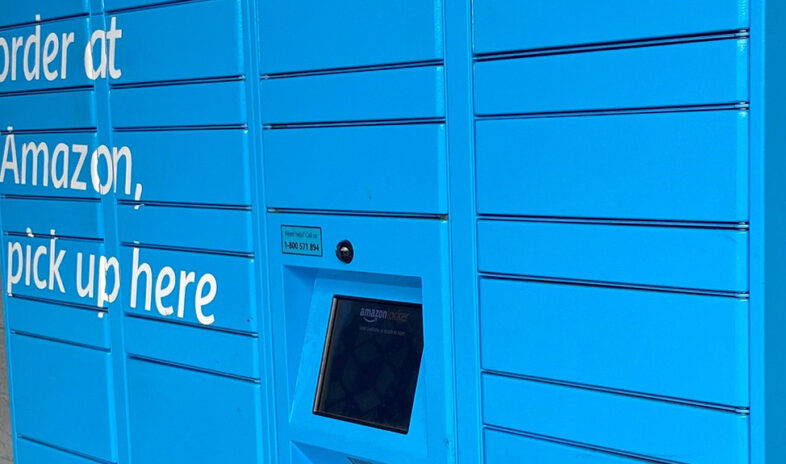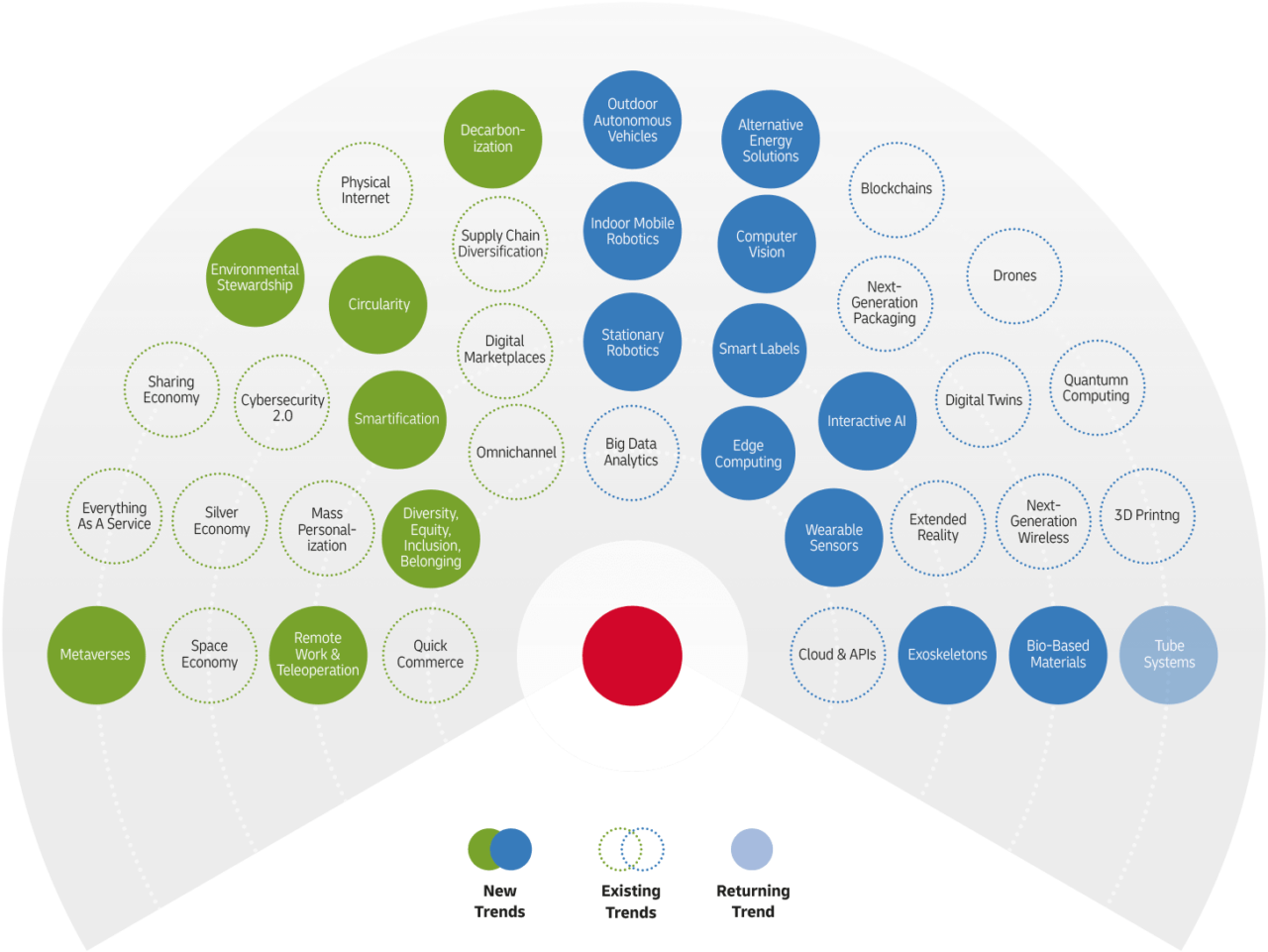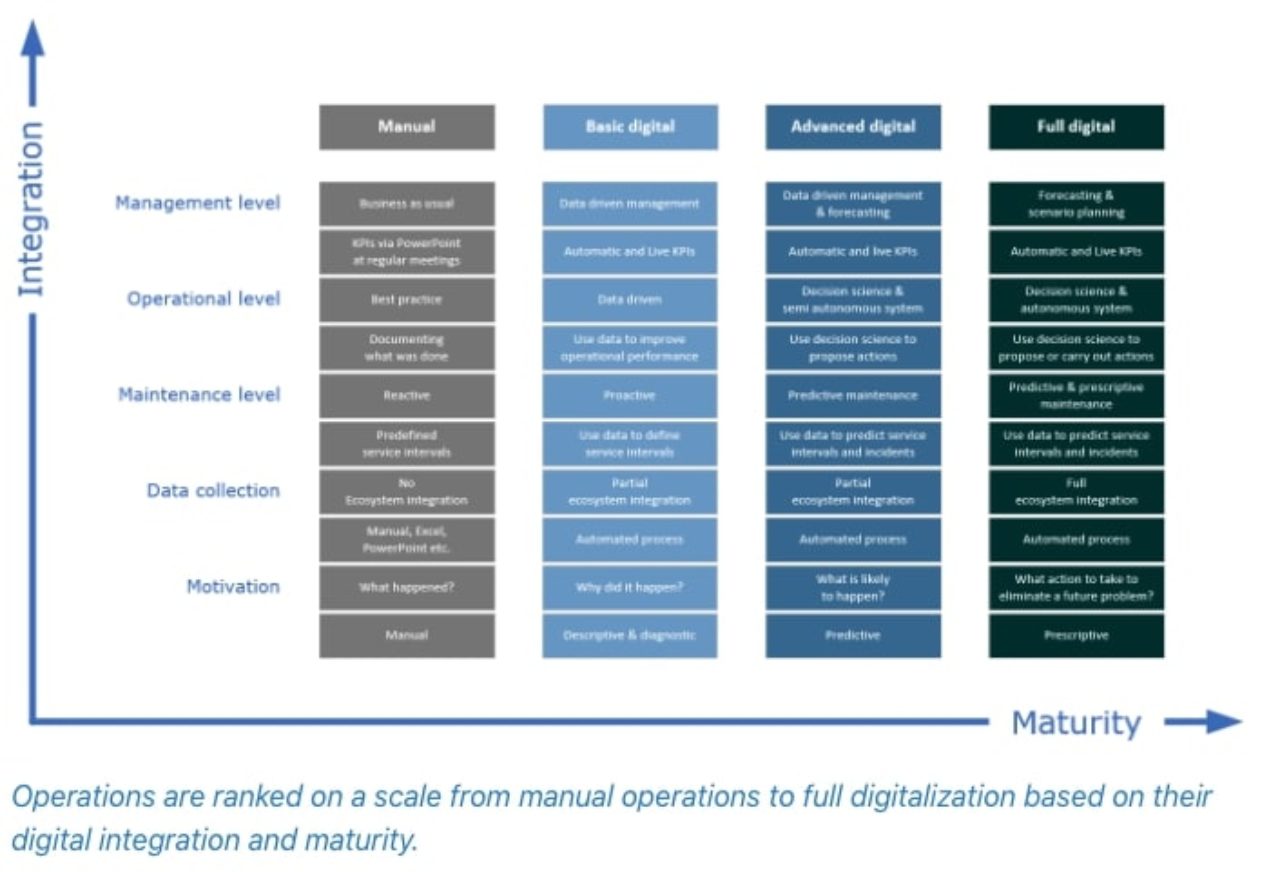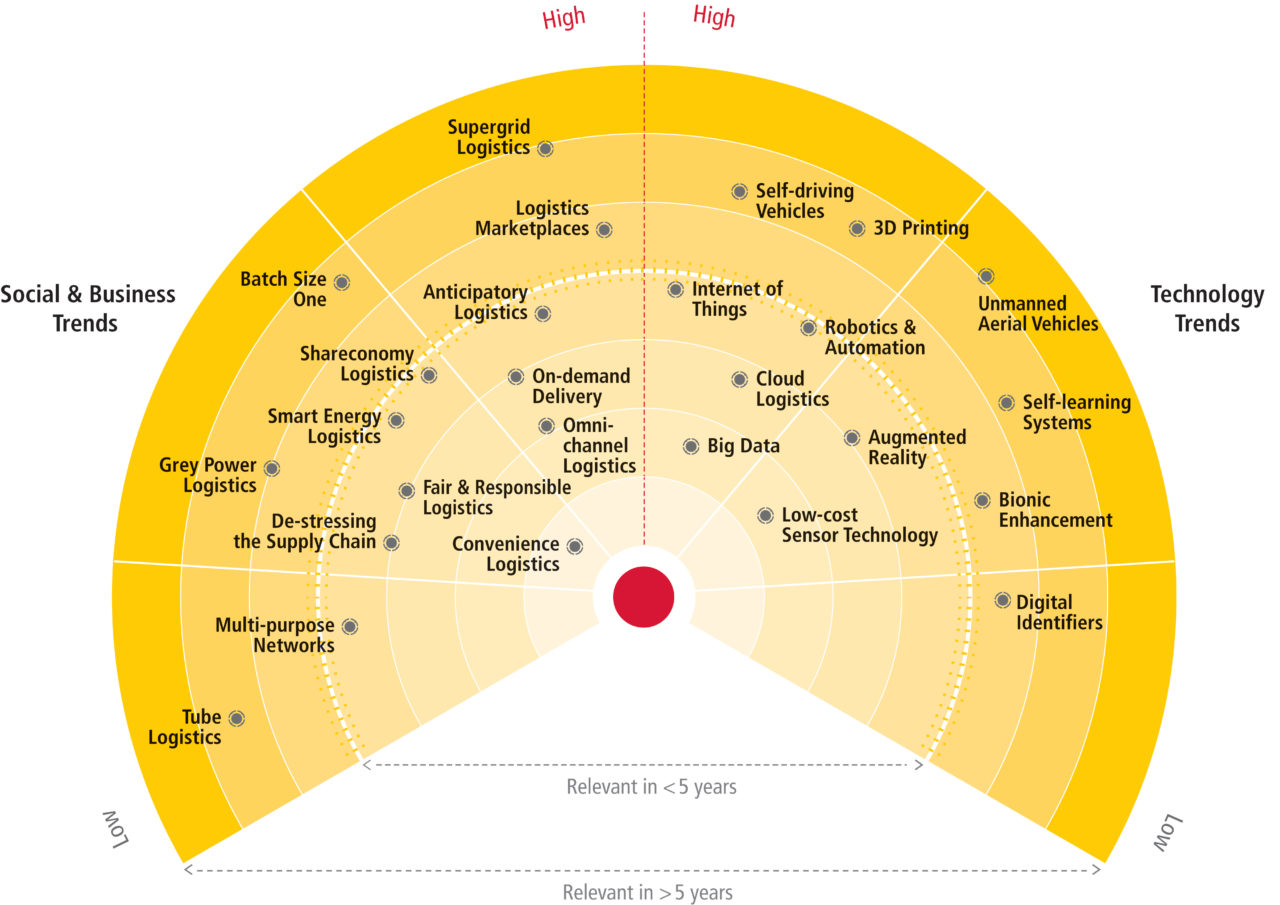Amidst this evolving environment, the growth in e-commerce continues, presenting its own challenges for e-commerce fulfilment operators, such as reverse logistics. In order to stay ahead, fulfilment centres must make adjustments and one of the most cost-effective ways is through the use of real-time data.
Logistics operators adopt new technologies
There is no doubt that innovations in AI, automation and advanced analytics are becoming more commonplace in logistics. DHL’s Logistics Trend Radar, which tracks innovations in logistics concludes:
“More technology visionaries than ever before are beginning to understand the vast, ripening opportunities in the logistics industry to develop and apply their innovative solutions around the world.”
Indeed, many logistics operators are starting to integrate automated technologies into their strategic plans and include statistical systems into their systems. They’re also starting to get familiar with collecting, analysing and using data to predict future events and returns volumes.
Taking automation one step further by using data in real time
But there’s a fundamental shift that’s happening and taking automation even one step further. That is the capture of data in real time to make informed and immediate decisions.
Real-time analysis of data means that fulfilment managers can react straight away, rather than basing their reactions on data collected a week or a month ago. Using real-time analysis, in tandem with analyses of historical trends, operators can proactively maintain throughput and optimal efficiency throughout their operations.
Yet, it has to be said, many fulfilment professionals generally still struggle to systematically and effectively make use of their data. For the majority of operators, data use relates more to their customers and end consumers than their sortation processes. In overlooking their valuable sortation data, many facilities end up running at just 60 or 70 percent of their theoretical automated handling capacity.
If e-commerce fulfilment facilities start to use their sortation data in real time, they can be so much more efficient. They can utilise their billions of data points to examine their sortation and material handling to proactively maintain throughput.
How is this done?







